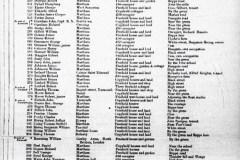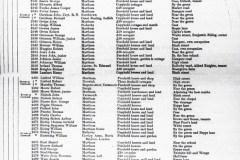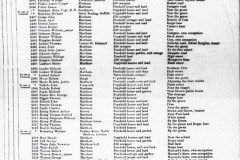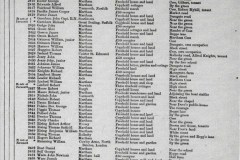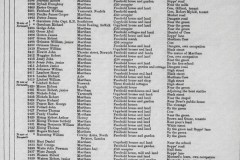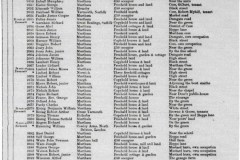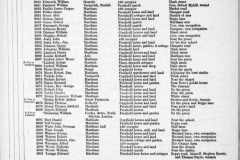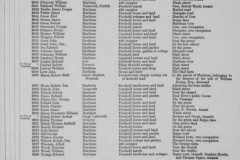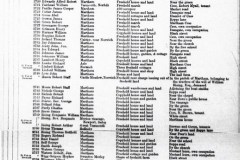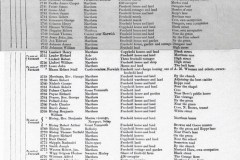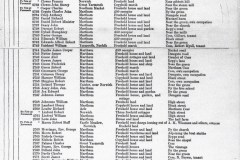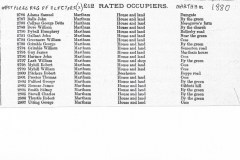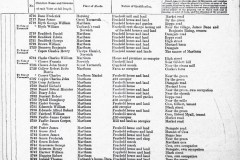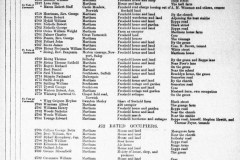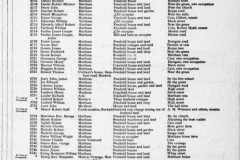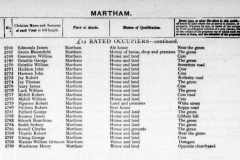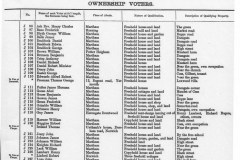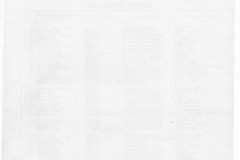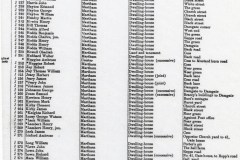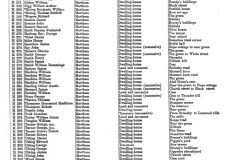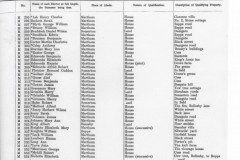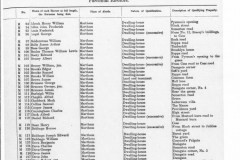1734 to 1898
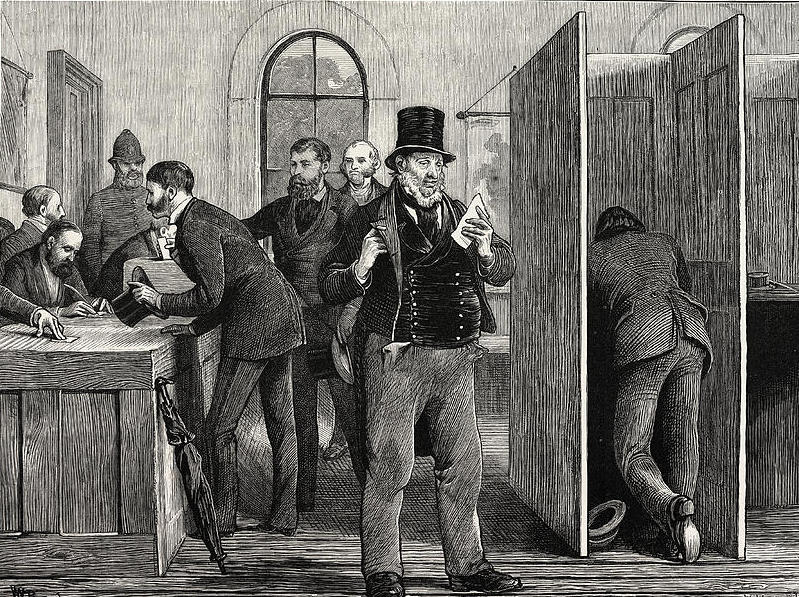
There are many Poll Books and Registers of Electors provided in the album below but beware, just because someone is listed does not mean they lived in Martham. In past times you needed to be a large land or property owner, and male, to be entitled to vote. Whilst most of those listed also lived here many lived elsewhere and a handful may have never been to the village at all.
Background
In 1780 less than 3% of the population of 8 million people in England and Wales were entitled to vote. Large industrial cities like Leeds, Birmingham and Manchester did not have a single MP between them, whereas ‘rotten boroughs’ such as Dunwich in Suffolk (which had a population of 32 in 1831) were still sending two MPs to Westminster. The British electoral system was unrepresentative, outdated and corrupt.
Even the most conservative of contemporary reporting indicates that at least 1 in 20 seats were considered to be corrupt after the 1880 election. Royal Commission investigations also conducted after this election named 9,000 individuals guilty of corrupt practices.
Before 1832 only men who owned or rented property worth at least £10 a year could vote. In the counties, men could vote if they owned property worth more than £2 a year or rented land worth £50 a year.
Pressure for parliamentary reform grew rapidly. Some of it came from men who already had a large say in how Britain was run: country gentlemen angry about the use of patronage at Westminster, or manufacturers and businessmen keen to win political influence to match their new economic power.
Three reform Acts were introduced in 1832, 1867 and 1884 respectively but they only satisfied moderate reformers rather than radicals. The 1832 Act gave the vote in towns to men who occupied property with an annual value of £10, but this still excluded six adult men out of seven from the voting process.
As an example shop owner William Linford of White Street being a man and an owner of a premises worth more than £50 was eligible to vote and appeared in all the West Flegg Register of Elector lists from 1853 to 1882. During this time voting was not seen as a universal right but as a privilege for the wealthiest class of society. In 1853 only 67 people were entitled to vote in the whole of West Flegg and this had grown to 92 in 1882 by which time it included men who could afford to pay rent for property of at least £12 per year.
As a result of the 1867 Reform Act entitlement to vote rose to 40% of men aged over 21. Even the third Reform Act in 1884 only enfranchised men over 21 years of age who owned property in both urban and rural areas which still fell some way short of introducing universal male entitlement to vote. Women were still excluded. For many people, 19th-century parliamentary reforms were a disappointment because political power was still left in the hands of the aristocracy and the middle classes. Between the 1867 Reform Act and the 1918 Representation of the People Act democratic reform grew at a faster pace than at any other time . The Representation of the People Act 1918 gave the vote to all men over 21, whether they owned property or not.
Photographs
Click a thumbnail for a close-up and scroll through all the images from there.

